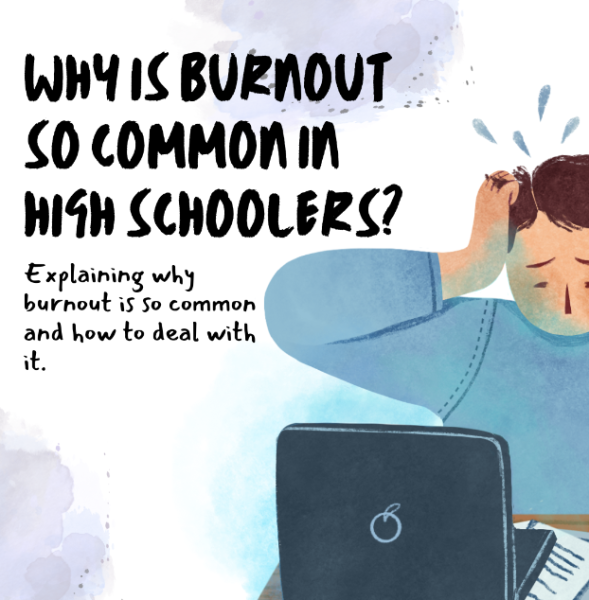Are Classes Too Large?
Picture by blog.thewhether.com
In Quartz Hill High School, it can be unanimously agreed that classroom population is excessive. The average class contains 35 kids, and almost every student has stated that he or she has multiple classes with over 40 other individuals! Our local situation is just one example of the massive rise in class size most public schools have been facing for years. Classrooms throughout the nation, whether we like it or not, are growing at a tremendous rate.
The educational community in America has debated about whether or not students are positively benefiting from this. Based on research and studies from many sources, it has ultimately been proven that smaller class sizes are better for one’s academic development.
Having a large class size is not as bad as a frantic parent may portray it to be. In fact, there are some very reasonable pros as to why the inclusion of more students improves a classroom environment. For example, students in a larger classroom are more independent when it comes to doing their assignments or learning information. Teachers typically don’t clear up all the doubts students have, forcing them to research on their own and build self-reliance. Also, students in large classrooms usually work in groups for activities or projects. By engaging with students in a group, children build critical social skills and are more attentive towards the assignment they are participating in.
Despite these facts, smaller class sizes are better overall in shaping and developing the minds of America’s youth. One important reason is that smaller classrooms allow students to learn more advantageous information. In many situations, students disengage from the lessons taught by their teachers either because they are not understanding what is taught or are already knowledgeable on the subject. Students in smaller classrooms facing these problems would more likely be recognized, and teachers can change what is being taught accordingly. Therefore, lessons would be more relevant and would cater to everyone’s needs.
It is also important to consider that it is psychologically important for students to feel that teachers are noticing them. When noticed, students tend to be more confident in their studies and show better academic results. For example, according to the Huffington Post, a girl named Shania was tempted to leave her school after her class size was changed from 20 to 31. Her grades were C’s and D’s, and she was forced to be retained. This became even more shocking when she revealed that the previous year, she had all A’s and loved school. According to her, the sole reason as to why her performance was so poor was because she wasn’t noticed by her teacher.
Another primary reason why smaller classes are beneficial is that they provide a much nicer classroom environment in which kids can study. An article by Manchester Essex Multimedia Online states that many high school dropouts decided to end their schooling because of the terrible environment in their classes. Students would yell over the teacher, make inappropriate comments, and throw random school items at each other. When classrooms contain a smaller class size, there is less of a worry for kids to be noisy. Teachers can control their students and gather their attention with less of a hassle, allowing for better academic results.
The final reason why smaller classrooms are more beneficial is that classes transform into communities. Students connect more closely with their classmates and are more comfortable and confident when sharing their ideas. This is contrary to the belief that students who work in groups equally benefit, which is flawed in the sense that some students tend to be excluded. Smaller class sizes allow individuals to work as a more compact group of students, allowing for a higher possibility for friendships to be developed.
Ultimately, it can be concluded that the positives of smaller class sizes outweigh those of large classroom sizes. However, it should be understood that decreasing classroom sizes is not easy. Large increases in education expenditure would be required to allow for the new construction of classrooms. Furthermore, more teachers would need be be hired, which is difficult because America is already facing a shortage of qualified teachers. Though these obstacles do exist, schools should not use them as an excuse and instead should start taking action. Positive results are sure to follow.

Hello! My name is Pranesh Kumar, and I am a Copy Editor for the QHHS Ubiquity Virtual Edition. As a fourth-year student of Journalism and an IB Senior,...








